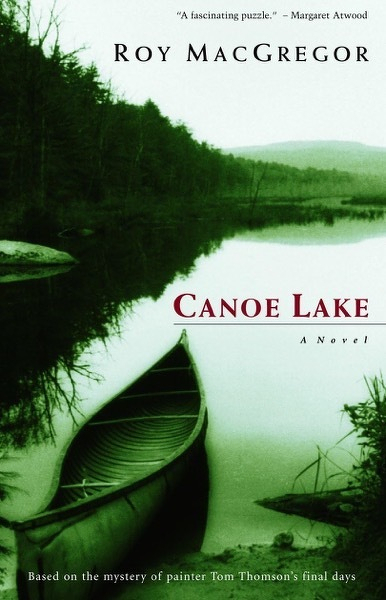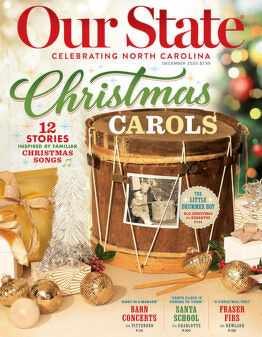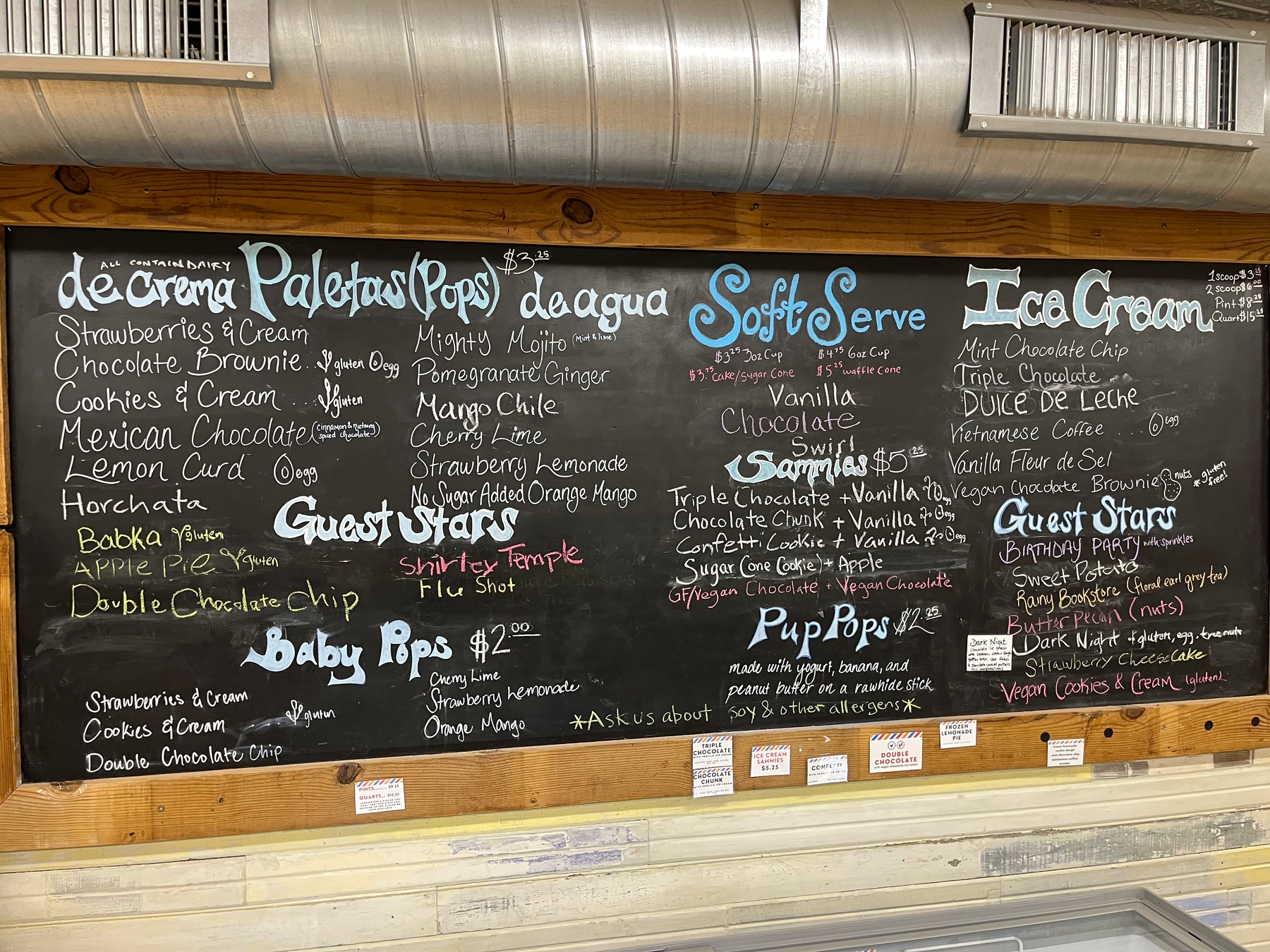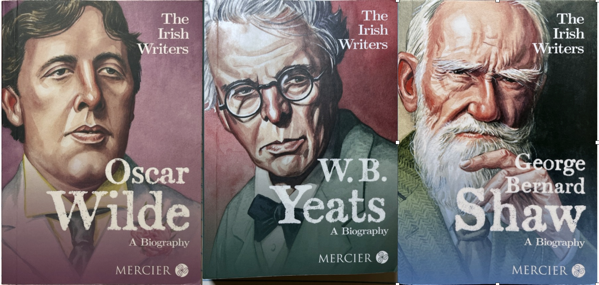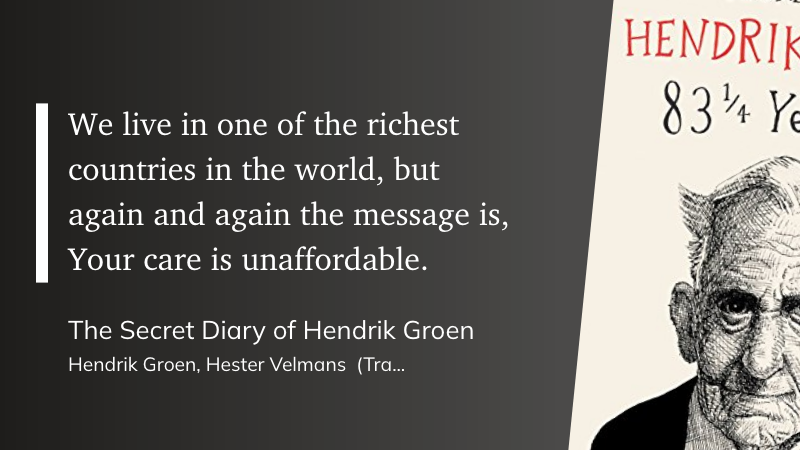
Finished reading: Scenes of Visionary Enchantment: Reflections on Lewis and Clark by Dayton Duncan 📚
Growing up in the South, Lewis and Clark were names in a history book. Important enough to study for a test answer, but with no local associations to their exploits they did not live long in the memory. (In North Carolina, it’s all about the Lost Colony, a few Revolutionary War sites, lots of Civil War battlegrounds, and a few civil rights landmarks.)
When we visited the Fort Clatsop Bookstore near Astoria OR in 2024, I bought several Lewis and Clark related books because I knew nothing about them. I opted for essay collections because I thought they would provide both a sweeping view of the mounds of historical data compiled about the Corps of Discovery and spotlights on specific moments that defined the expedition.
The first book I read, Stephenie Ambrose Tubbs’ Why Sacagawea Deserves the Day Off and Other Lessons from the Lewis & Clark Trail, was a good introduction for a newbie but it was a warm-up for the real deal, Dayton Duncan’s Scenes of Visionary Enchantment: Reflections on Lewis and Clark.
For my money, this is the best introduction to Lewis and Clark, why their exploits were so important, and why they have a hold on not just historians but the public imagination. Duncan’s essays are grounded in a love for and personal scholarship of the Lewis and Clark lore, a plain and straightforward writing style that clearly conveys information and detail, enough personal details and opinion without the essays centering on the writer, and an approach to the material that is respectful, imaginative, and clear-eyed.
What do I mean by that latter claim? Duncan is a Lewis & Clark enthusiast and until reading these books, I did not know there were so many devotees who re-read the journals of the expedition and trekked to retrace the Corps’ path. It’s his imaginative evocation of the Corps’ historical melieu that helps lift his storytelling – or retellings of these well-known episodes – to a more expansive dimension.
Duncan is always careful to remind the reader that, while we know the expedition’s outcome was successful, that was never something the two captains assumed. Duncan reminds the reader, at all times, that boldness, prudence, resourcefulness, grit, hard work, physical endurance, and sheer luck worked together to bring all the expedition’s members – save one who died of a burst appendix – back home safely. As Duncan points out, this is one of the few such excursions in history that actually ended successfully.
I never knew, for example, that the Spanish Army had set out with hundreds of soldiers and Indians to either capture or kill the Corps’ members. But information traveled so slowly and through such torturous routes in those days, that Lewis and Clark never encountered their pursuers. It’s likely they never even knew they were being pursued.
Duncan takes the data – Lewis and Clark and several of the soldiers under their command kept journals, and the wealth of firsthand information is what makes L&C scholarship such a rich field – and serves it up in really appealing ways. One essay is all about what the homefront newspapers were reporting during the two-year trip and how Jefferson was sweating waiting to hear about whether his bet on Meriwether Lewis and the expedition would pay off or whether they would simply vanish without a trace.
Duncan’s essay on 10 leadership lessons from Lewis and Clark starts as a take-off on those faux-business leadership books. But he indeed draws 10 good lessons from the journals by retelling and reframing the stories, mining the journals for details that evoke that time and place.
As for clear-eyed: as this quote makes clear, the aftermath of Lewis and Clark’s discoveries was not a success for the native tribes or the natural world. Comparatively little of what the Corps saw on their travels can be seen today due to dams, development, and American capitalism’s inability to let a good thing be. The native populations that were so numerous and culturally vibrant were reduced by smallpox, broken treaties and promises, and depleted natural resources.
Some of the most affecting passages for me were descriptions of what happened to the captains and crew after their triumphant return. There are few records of what happened to all the Corps soldiers. And Ambrose is clear-eyed about the individual failings of Lewis and Clark; while the trail and its outsized adventures and exertions brought out the heroic best of their characters, their return to civilization almost inevitably shrunk them back to society’s size.
Lewis suppressed the publication of a book by one of his soldiers so it would not compete with his own account – which he never wrote. Lewis’s depression swiftly returned after he re-entered civilian life and he was dead 3 years later. (Murdered or a suicide? Again, lots of lively debate on that .) Clark’s slave, York, accompanied him on the trail. As Duncan speculates, York’s voice was considered during crucial votes taken along the trip and the hardships of the journey equalized all the men (and woman). But back home, Clark refused to free York and was irritated by York’s insistence on joining his enslaved wife.
That’s what I love about Duncan’s essays: they show the high and the low, the best and the worst, the heroic and the craven, the beautiful and the ugly. The Lewis and Clark story is too vast to be one thing. It’s many things encompassing many stories, and these essays can start a new explorer of that landscape on the right path.
